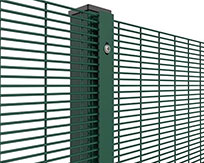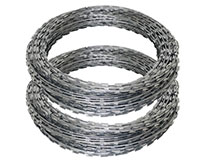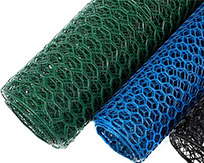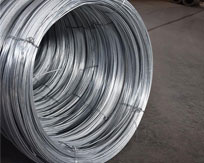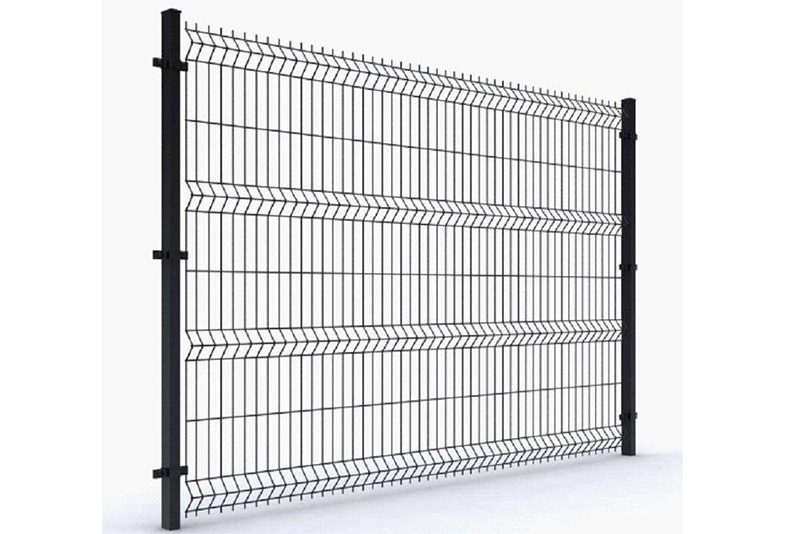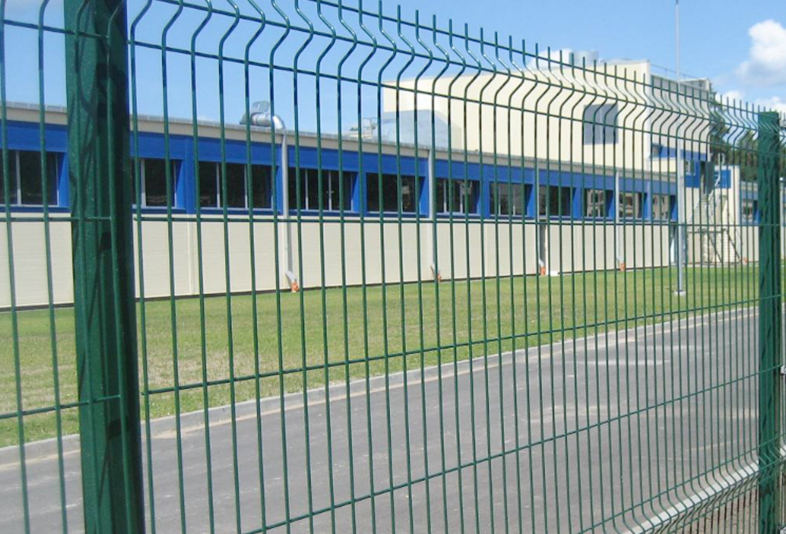Galvanizing process of hot dip galvanized guardrail
As a kind of protective products, guardrail has been used outdoors for a long time. How to prevent corrosion for a long time has become a problem that must be solved. Generally speaking, hot galvanizing is the main method for surface galvanizing of highway guardrail and railway guardrail net, but some small factories also adopt cold galvanizing method. The following describes the difference between hot-dip galvanized guardrail and cold galvanized guardrail.
Since 1836, there has been a long history of hot galvanizing in France. However, the hot-dip galvanizing of guardrail mesh has been widely used in some large guardrail manufacturers in recent years.
The production process of hot-dip galvanized guardrail net mainly includes: preparation of mesh sheet → pretreatment before plating → hot dip coating → post plating treatment → finished product inspection, etc. According to the custom, often according to the plating pretreatment method.
Off line annealing of hot-dip galvanizing: before the mesh of guardrail net enters the hot-dip galvanizing line, recrystallization annealing shall be conducted in the bottom drawing annealing furnace or bell type annealing furnace first, so that there is no annealing process in the galvanized line. Before hot galvanizing, the mesh must keep a clean pure iron active surface free of oxide and other dirt. In this method, the oxide scale on the surface of annealed guardrail mesh is removed by acid pickling, and then a layer of zinc chloride or a solvent composed of ammonium chloride and zinc chloride is coated for protection, so as to prevent the fence from being oxidized again.
First, if the wet hot-dip galvanizing is used: the solvent on the surface of the mesh is not dried (i.e. the surface is still wet) and enters the zinc solution covered with molten solvent for hot-dip galvanizing. The disadvantage of this method is that zinc plating can only be carried out in lead-free state, and the alloy layer of the coating is very thick and the adhesion is very bad. The zinc slag that may be generated will be accumulated at the interface between liquid zinc and liquid lead and cannot be deposited at the bottom of the pot (because the specific gravity of zinc slag is greater than that of liquid zinc and less than that of liquid lead), so that the surface of guardrail is polluted by passing through the zinc layer. In recent years, this kind of hot dip galvanizing has been basically eliminated.
Second: single mesh method: firstly, the annealed mesh is sent to the pickling workshop, and the steel sheet is cleaned by sulfuric acid or hydrochloric acid. After pickling, the guardrail mesh will be immersed in the water tank immediately for galvanizing, which can prevent reoxidation of the mesh. After pickling, water cleaning, squeezing, drying, hot-dip galvanizing in zinc pot (the temperature is kept at 445-465 ℃), and then it is oiled and chromated. The quality of hot-dip galvanized mesh produced by this method is significantly higher than that of wet galvanizing. It is only valuable for small-scale production of guardrail.

